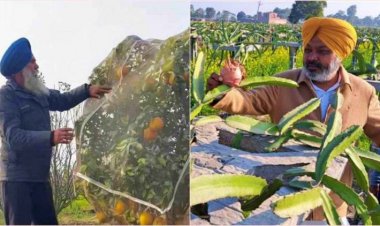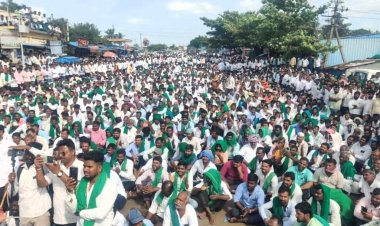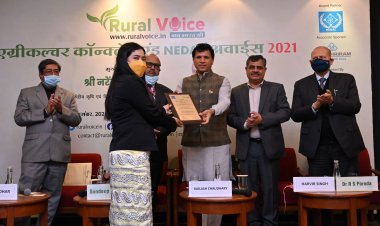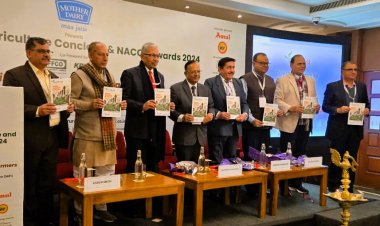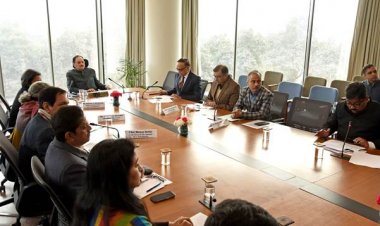Paddy yield likely to decline by 20 per cent in Bihar due to less rainfall; situation in Jharkhand worse
Paddy is grown over approximately 34 lakh ha in Bihar, but it could not be grown over nearly 20 per cent of the area due to less rainfall in July. Later, too, rainfall was unevenly spread across the regions. According to experts, this is bound to affect paddy production. A decline of 15-20 per cent is likely. Less rainfall has affected the paddy crop in Jharkhand, too.
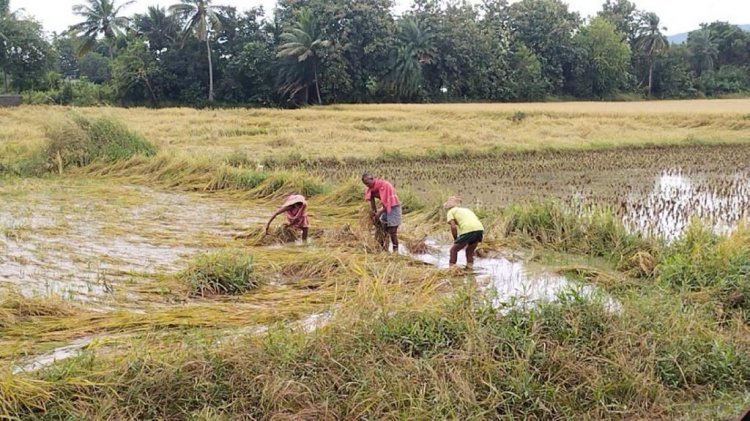
Patna
The paddy crop in Bihar has faced both flood and drought this year. Paddy is grown over approximately 34 lakh hectares (ha) in the state, but it could not be grown over nearly 20 per cent of the area due to less rainfall in July. Later, too, rainfall was unevenly spread across the regions. According to experts, this is bound to affect paddy production. A decline of 15-20 per cent is likely. Less rainfall has affected the paddy crop in Jharkhand, too.
In an interview given to Rural Voice, Dr Ashutosh Upadhyaya, Director, Indian Council of Agricultural Research (ICAR, Eastern Region, Patna), says that paddy yield is closely related to sowing and planting it in time. So, less rainfall in July-August will lead to a decline of about 20 per cent in paddy yield in Bihar. The rain that we are getting now cannot make up for the damage already done.
Dr Upadhyaya says that while the monsoon enters Bihar in mid-June, there was an 87 per cent deficit of rainfall in July. Now, July is the month when farmers transplant paddy, but they could not do so this year as rain played truant. There was 60 per cent rainfall in the whole of Bihar from June to August. But there are districts in the state where the average rainfall has been only 40 per cent. So, a decline of 15-20 per cent is likely in the total paddy production of Bihar this year.
Dr Ujjwal Kumar, Extension Head, ICAR Eastern Region, Patna, told Rural Voice that the state government had set a target of growing paddy over 35.12 lakh ha this year. Had the rainfall been normal, paddy would have been transplanted in at least 40 per cent area in July. But the transplantation could happen in only 19 per cent of the area due to less rainfall. The farmers may have transplanted paddy in the remaining area later on, but this is bound to lead to a decline in yield.
A major part of paddy farming in Bihar depends on rain, said Dr Kumar. There will be a decline of about 15-20 per cent due to less rainfall in July-August. In the case of the paddy crop, the plants do not develop buds in absence of water. Dr Kumar said that paddy farming was estimated to fall short by more than 2 lakh ha of area.
In Jharkhand, said Dr Kumar, this is for the first time that paddy has been planted on only 30 per cent of the area due to less rainfall in July-August. It had been planted on more than 91 per cent land by this time last year. The planting of paddy had been done on 90 per cent of land in 2020, 50 per cent on 2019 and 71 per cent on 2018. Maize, pulses, oilseeds and coarse cereals have been grown at some of the places this year. The total Kharif crop percentage is 37.19 per cent this year, down by 46 per cent from that last year.
Dr Santosh Kumar, Senior Scientist (Plant Breeding), ICAR Eastern Region, Patna, says that if the paddy plant does not get water in July-August when it is in the bud-developing stage, a plant that would ideally have 10 buds will develop only 5-7 of them and there will be fewer ears as well. Thus, the absence of rains in the early stage of the crop has led to a loss of 15-20 per cent. Dr Kumar says that water is essential at certain stages in the paddy crop. The scarcity of water in those stages has an adverse effect on the yield. Dr Kumar says that the rainfall that we are getting now cannot compensate for the earlier loss.



 Join the RuralVoice whatsapp group
Join the RuralVoice whatsapp group



















